Kamlan 50mm F1.1 MK II Review
Dustin Abbott
June 4th, 2019
The first Kamlan lens I ever tested was the predecessor of this lens. I reviewed it in 2017, and came away with the impression that while there were things I really liked (nice build and beautiful bokeh), the lens was more of a novelty at wide apertures due to being soft and low contrast. The Kamlan 50mm F1.1 MKII is a different story, however. The lens has grown in size and weight (and optical complexity), and the end result is a much more serious optical instrument. I’ve been testing a Fuji version since January, and added the Sony version in March, and so I’m very familiar with the performance by this point. This is a lens that is going to make a lot of people (particularly those on a budget), as it does a lot of things very well…and at a great price to boot! While it will still be some time before you can buy one through traditional means, Kamlan is launching a Kickstarter crowdfunding campaign so you can jump in and get your own 50II as soon as possible. Do you want one? Probably, but read on to be sure…
Follow Me @ Patreon | My Newsletter | Instagram | Facebook | Twitter | Flickr | 500pxPrefer to watch your reviews? You can get a breakdown of the image quality, see some video footage, and get my final verdict in this video episode:
50II Build and Handling
Kamlan does a lot of very good things with their build quality, producing inexpensive lenses that have the heft and feel of much more expensive options. This video gives you an up-close look at the new 50II and what has changed since the first generation lens.
I’m generally very happy about the trend in the Kamlan lenses and their build. They have a clean, classic look with a very robust construction. I’ve been using the Kamlan 28mm F1.4 extensively for over a year without any evidence of wear and tear on the finish, and the 50II has a similar finish that promises to be very durable. It’s a satin, anodized metal finish that looks sleek in a vintage sort of way. There’s a yellow accent ring that bucks the “red ring” trend and gives it a distinctly “Kamlan” look.
I also like the new metal lens hood that Kamlan has developed. It’s a great match for the rest of the lens and feels very premium. The MK II has grown significantly in size over the MK1, but is still a modestly sized lens. The previous generation lens was 60mm in both diameter and length and weighed 248g. The new lens is now 72mm in diameter and 68mm in length, but what stands out more is the weight gain. The 50II tips the scales at 563g (more than 600g with the lens hood and caps attached). It has a Zeiss-like level of “denseness” to it due to heavy-duty metal construction and a TON of glass for such a compact APS-C lens. It feels quality, and the optical performance lives up to that promise. While this has become a fairly heavy lens, the compact nature of it means that balance on the camera isn’t really compromised.
Kamlan has done something interesting with the filter threading. The new lens hood is a screw-on rather than bayonet-on lens hood, which often means that one cannot use filters with the lens hood attached. The 50II is threaded (in metal, of course) on both the inside and the outside. The lens hood threads onto the outside threads, leaving in the inner threads free for using a filter (in an unfortunately uncommon 62mm size). This works in practice, though I don’t really find that there is enough room to effectively turn a circular polarizer in there because the gap to the lens hood is pretty tiny.
You have a second alternative, however, as the front of the lens hood is also threaded, and this in in a more common 72mm size. I actually prefer this solution myself, as I have more 72mm filters in my kit and because it is much easier to utilize a circular polarizer, which I love using to add richness to the color and contrast of images. Here’s a few with a filter threaded onto the front of the lens hood:
The Kamlan 50II is a fully manual lens with both a manual focus ring and a manual aperture ring. Both rings are supported by etchings on the barrel for distance and/or aperture values.
The focus ring is excellent on the 50II. The weight/damping is just about perfect, moving very smoothly but with enough weight to be precise and hold a focus position. I also find the focus throw distance to be excellent. The lens barrel extends about a centimeter during focus.
I’m less thrilled with the aperture ring, which, like the 50mm F1.1 MK1 is extremely stiff. This is made worse when shooting in cold conditions. I have tried to work at loosening it up, and it has improved, but it is still too stiff. Being too stiff makes doing a smooth aperture “rack” for video nearly impossible, so this defeats the primary reason for having a “clickless” aperture. The good news is that the first lens I tested (Fuji X mount) exhibited these issues, while the newer Sony E-mount copy that I tested was considerably better. Kamlan promises me that the production lenses will be smoother in this regard, though my personal experience says that the aperture ring is a little stiffer than what I like on all their lenses.
There are some downsides to having a fully manual lens, one of which is the complete lack of electronics. This means the lens has no way of communicating with the camera body, so no EXIF information is transmitted. On Sony that means that nothing is reported in software, so you have no lens designation, focal length, or aperture value. Camera-related information like shutter speed, ISO, etc…will be translated. On Fuji you have the option to manually input the focal length. This reports as 50mm F1.0 in software, so, while the aperture information isn’t perfect, you can at least distinguish the lens.
Some manual focus lenses like the Zeiss Loxia series will automatically zoom the active focus area when input is detected on the manual focus ring. This speeds up the ergonomic process of focus. The Kamlan 50II doesn’t provide such luxuries, but it is helped by the fact that it is designed for mirrorless cameras. Mirrorless cameras tend to have many more manual focus aids along with the ability to magnify the image and visually confirm focus in either the viewfinder or on the LCD screen. I personally found nailing focus fairly easy with the lens despite its very large aperture. The great manual focus ring helps a lot in this regard.
Another area of improvement is that the 50II can focus down a fair bit closer than its predecessor. The previous generation lens was only capable of focusing down to a half meter (50cm), which leaves a fairly unimpressive magnification figure (probably in the 0.13x range). The MKII can focus down to 40cm (1.3 feet), which produces a better magnification in the 0.15x range. As you can see from the comparison above, this results in a significantly larger magnification result.
One final nicety is that there is an impressive 11 rounded aperture blade iris which retains a nicely circular shape with the lens stopped down. This further aids one of the great strengths of the 50II: gorgeous bokeh rendering. The examples below are at F2.8 (stopped down nearly 3 stops) and F5.6 (nearly 5 stops). The third shot (at F1.1) shows that the bokeh points are actually star-shaped (and also shows that the lens is capable of lovely images even at F1.1). In the F5.6 example you can see some of the star shapes starting to resolve, but those out of focus are still very round.
All in all this is a very nicely built lens that puts the build of many much more expensive lenses to shame.
Kamlan 50II Optical Performance
The Kamlan 50II is sold in a number of different lens mounts, and will provide a different angle of view dependent on the crop factor of the camera system. On Sony or Fuji APS-C bodies (1.5x crop factor – reviewed here), the lens has a full frame equivalent angle of view of 75mm. On Canon EF-M bodies (1.6x crop factor), the angle of view will be an 80mm equivalent, and on the 2x crop factor of Micro 4/3rds bodies it will have a 100mm equivalent angle of view.
The wall test reveals a number of real positives. The pincushion distortion is so mild as to hardly register (much different from the Sigma 56mm F1.4 lens I concurrently reviewed), while the vignette even at F1.1 is so mild as to be nearly a non-issue. There really isn’t much to clean up here, so I’ll just shown you what came out of camera.
The reason for the low vignette becomes clear when I mount it on my full frame Sony a7RIII. Here’s the difference between the full frame and APS-C modes:
There is the typical heavy mechanical vignetting where the full frame image circle is not completely covered, but it doesn’t extend as far as what you might think. If I crop in to about a 1.23x crop factor the vignetted portion is eliminated, leaving a fair bit of additional image compared to the 1.5x crop factor (on my a7RIII this is the equivalent of 30MP vs the 18MP in APS-C mode, or about 40% more image).
I say this not to recommend this lens for full frame shooters, but rather to point out why vignette is so low. The lens is essentially over-engineered for APS-C, meaning that all of the natural vignette of the lens is eliminated by how much wider it goes than the APS-C image circle. This lens would work perfectly on an APS-H body (1.3x crop factor), for example, though I’m not aware of any that it would mount on.
This also explains to explain the heft of the lens, as it is actually over-engineered for the cameras (and their crop factors) that it is designed for. This is good news, however, as it also shows us that we are in for a much, much better optical performance!
The Kamlan 50mm F1.1 MKII delivers a vastly improved optical performance over the MK1 version of the lens. It has fairly good center sharpness even at F1.1, though contrast is reduced by small amounts of longitudinal chromatic aberrations (LoCA) that produces a mild haze over textures. Edge performance is also fairly good, though contrast is lower there.
This infinity shot I took back in January on a Fuji X-T3 shows that there is actually decent resolution at F1.1 even at infinity (very challenging for a lens like this), though you can see the haze on the textures.
I should note that similar attempts with the first generation lens to shoot landscape distances at F1.1 produced what I considered completely unusable results.Stopping down to F1.4 makes a mild improvement in contrast and resolution in the center and increases the sharpness profile further out towards the edges (the lens is now very sharp across roughly 90% of the frame).
At F2 sharpness and contrast in the center of the frame are near perfect, with sharpness now impacting about 95% of the global image. This comparison with the F1.4 corners show how much improvement has been made, though there is still some softness in the extreme corners.
By F4 the 50II is incredibly sharp and with high contrast across the frame – something that never happened with the MK 1 version of the lens. At landscape apertures it makes for a very sharp lens that really picks out fine details:
I called the Sigma 56mm F1.4 DC DN lens the sharpest APS-C lens that I’ve ever tested, and when I compared the two in a real-world situation, I found that over much of the frame you wouldn’t have been able to tell the difference between the two (at F5.6) without them side by side. The Sigma shows slightly more contrast and a little better corner results, but considering how strong that lens is, I was very impressed by the job that the Kamlan 50II was able to do. Color me impressed:
Both these lenses take a different approach, but I will note that I vastly prefer the bokeh out of the Kamlan, though I love the sharpness from the Sigma along with its excellent autofocus.The LoCA mentioned before is mild and starts to really clear up by F2. You are most likely to see them in very high contrast situations, and they are negligible in less demanding lighting conditions. Kamlan seems to have really taken the feedback myself and others gave after the release of the first lens to heart.
I have found that not perfectly correcting LoCA often helps the overall rendering from the lens. A tiny amount of aberration helps a len retain character and allows the bokeh to be very soft. Kamlan has always excelled at producing unusually nice bokeh, and the bokeh quality continues to be a Kamlan strength with the 50II. It is very soft and creamy, and the large maximum aperture allows the lens to create a lot of bokeh. I shot a very busy scene with leftover dried weeds from last autumn, and the 50II’s ability to isolate a subject and cause everything else to melt away creates art out of chaos.
Here are few other “bokehlicious” images shot on both Sony and Fuji:
The aperture iris remains very round when the lens is stopped down due to having 11 curved aperture blades. I could show you dozens more of such shots, but suffice it to say that the lens is very, very good at producing extreme bokeh.
One area of weakness is that the Kamlan 50mm F1.1 MK II is very prone to flaring if the sun is in the frame. It exhibits significant veiling (loss of contrast) at large apertures along with significant ghosting artifacts. This is fairly typical for a lens with such a massive aperture. Stopped down the lens performs somewhat better, with stronger contrast and slightly less ghosting (though ghosting artifacts are still pronounced. Using the lens hood is important as is showing caution with where you place the sun or bright backlighting.
Fortunately less extreme situations produce much better flare results, and in all of these real-world images flare is a non-issue:
Color rendition seems quite good as well. Wide apertures tend to produce a little cooler rendering, with the lens become more neutral when stopped down a bit. This seems to be more the nature of how camera’s auto-white-balance works with the lens more than the nature of the glass itself.
This is a pretty impressive performance at any price point, but coming from such an inexpensive lens (and such a young lens maker), I’m very impressed. There are far too many great images from this lens to share in this review, so I would recommend checking out the lens image gallery here.
Video Work
One of the reasons to most value the 50II is for video work. It has a beautiful manual focus ring with excellent focus travel, making it easy to do precise focus pulls. The huge maximum aperture allows for intense subject isolation and the ability to create either a very “dreamy” mood with an extremely large maximum aperture or to stop the lens down for a more crisp and detailed result. It exhibits little focus breathing (objects do not radically change in size at different stages of focus or defocus). All of the optical qualities previously mentioned come into play for video work as well, and footage looks great.
The only “fly in the ointment” that I potentially see is if one wants to do aperture racking. The too heavy damping of the aperture ring means that it will be hard to smoothly pull that off, though (hopefully) retail copies of the lens do come with a smoother aperture ring. I can only report on what I see. As mentioned, however, the Sony version I have is considerably better than the Fuji version I have on hand in this regard, so here’s hoping. I see this as a very inexpensive way to add a wide aperture short telephoto lens to your kit as a videographer. You can see some video footage taken with the 50II as a part of the final video review.
Conclusion
I saw the Kamlan 50mm F1.1 more as a novelty lens for those that what wanted to experiment with what a large aperture lens could do but without expecting a serious optical performance. That is not the case for the Kamlan 50mm F1.1 MK II. It is a serious optical performer, capable of delivering highly detailed images with excellent color, contrast, and bokeh. This is destined to be a favorite for photographers who don’t mind manual focus and want a great portrait/fine art lens. It’s also a great option for videographers on a budget, as it gives them the flexibility to really control the look and feel of footage through far more aperture options than just about any other lens can give you. I once reviewed the classic, hugely expensive Canon EF 50mm F1.0L. and, while it is not completely an “apples to apples” comparison (that lens is an autofocus lens for a full frame sensor), I can say this: I would take the image quality from this budget Kamlan lens every day of the week. Kamlan often refers to this lens as a “bokeh beast”, and that’s not far off. A fully manual lens isn’t for everyone (and you know if it isn’t for you), but fortunately that is the only serious drawback here. The Kamlan 50mm F1.1 MKII is a lot of fun, bringing a lot of vintage charm but with some modern sensibilities. I look forward to seeing more from this young lensmaking company in the future!
Pros:
- Massive maximum aperture
- Gorgeous bokeh (and a lot of it!)
- Excellent center sharpness at wide apertures
- Good edge sharpness from F2.8 on
- Excellent manual focus ring
- Very nice build quality
- Good color rendition
- Extremely low vignette
- Low distortion
- Improved minimum focus distance and magnification
- Very low price
Cons:
- Flare prone in very bright situations
- Aperture ring has a few quirks
- No electronic contacts
- Heavy?
Gear Used:
Join the Kickstarter Campaign to get yours! Visit https://kamlan-50mm-f11-mk2-prime-lens.kckb.st/dabbott for more information. I’ll add traditional buying links in the future.
Purchase the Sony a6400 @ B&H Photo | Amazon | Amazon Canada | Amazon UK | Amazon Germany | Ebay
Sony a6500: B&H Photo | Amazon | Amazon.ca | Amazon UK | Ebay
Purchase the FUJIFilm X-T3 @ B&H Photo | Amazon | Amazon Canada | Amazon UK | Amazon Germany | Ebay
BenQ SW271 4K Photo Editing Monitor – B&H Photo | Amazon | Amazon.ca | Amazon UK
Adobe Photoshop Creative Cloud 1-Year Subscription
Alien Skin Exposure X4 (Use Code “dustinabbott” to get 10% anything and everything)
Visit Dustin’s Amazon Storefront and see his favorite gear

Purchasing your gear through B&H and these links helps fund this website and keeps the articles coming. You can also make a donation here if you would like. Visit my Amazon page for some of my gear of choice! Thank you for your support.
Great News! I can now offer a 5% discount on all purchases at Amplis Foto, Canada’s Leading Photographic Supplier. Please enter discount code: AMPLIS52018DA in your cart. It is good for everything in your cart, and is stackable with other coupons, too! It will take 5% off your entire order! Proceeds go towards keeping this site going and providing you with new reviews!
Check me out on: My Patreon | Sign Up for My Newsletter | Instagram | Facebook | Twitter | Flickr | 500px | Google+ |
Use Code “DUSTINHDR” to get $10 off ($15 CDN) any Skylum product: Luminar, Aurora, or AirMagic
Keywords: Kamlan 50mm F1.1 MK II, MK2, MKII, MK II, 50mm, Kamlan, Sainsonic, 50 F1.1, 50mm 1.1, Kamlan 50 1.1 Review, Kamlan 50mm Review, F1.1, Sony a6400, Sony Alpha, a6400 Review, Sony, a6400, Review, Dustin Abbott, a6500, X-T3, Fuji, Hands On, Video Test, Canon M, M43, Portrait, Video, Bokeh
DISCLAIMER: This article and description contains affiliate links, which means that if you click on one of the product links, I’ll receive a small commission. As an Amazon Associate I earn from qualifying purchases.












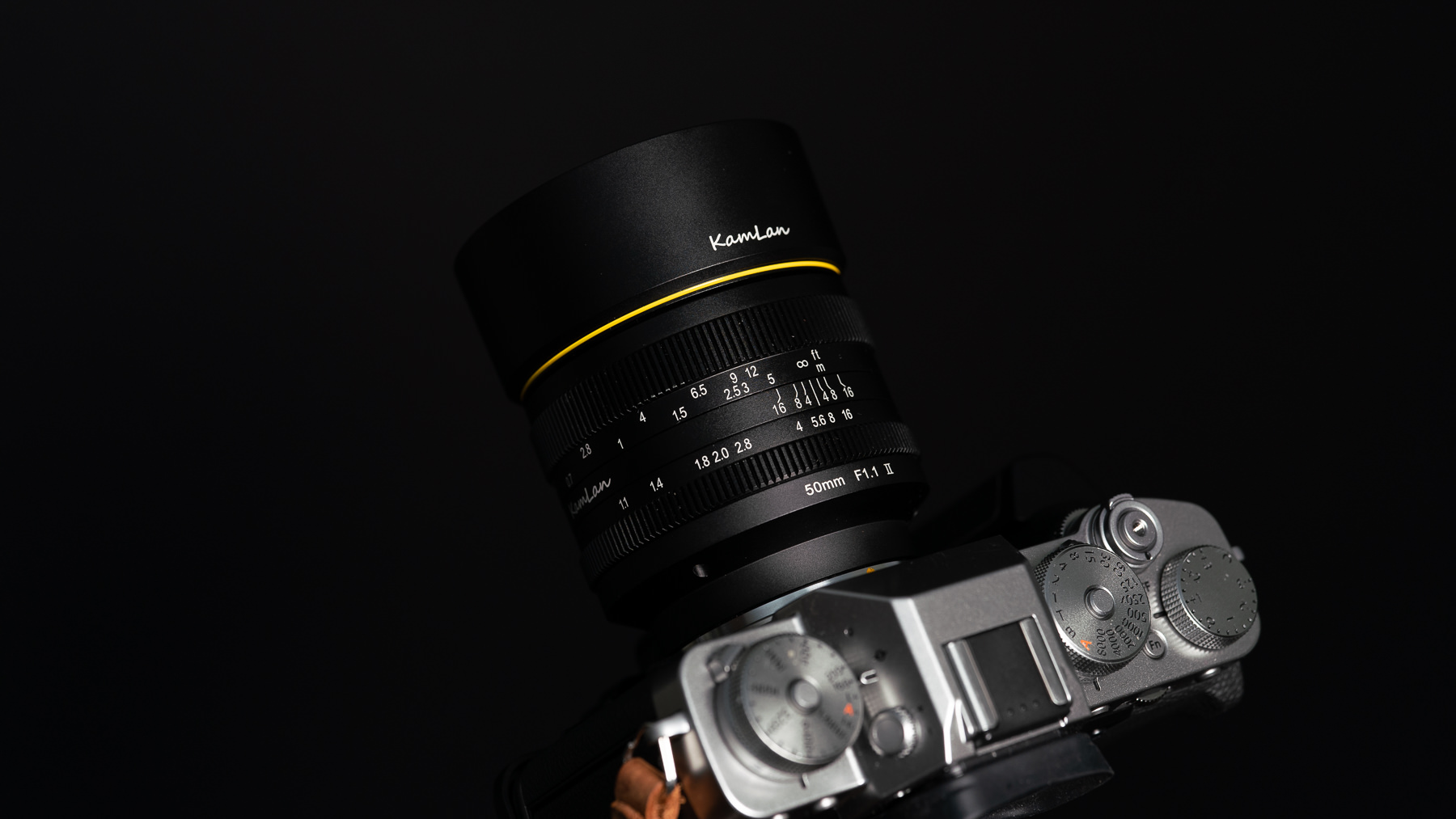
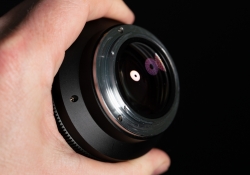
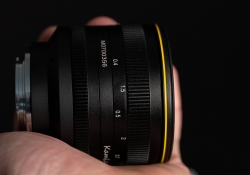
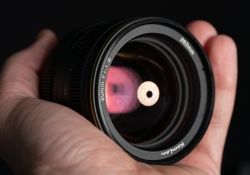
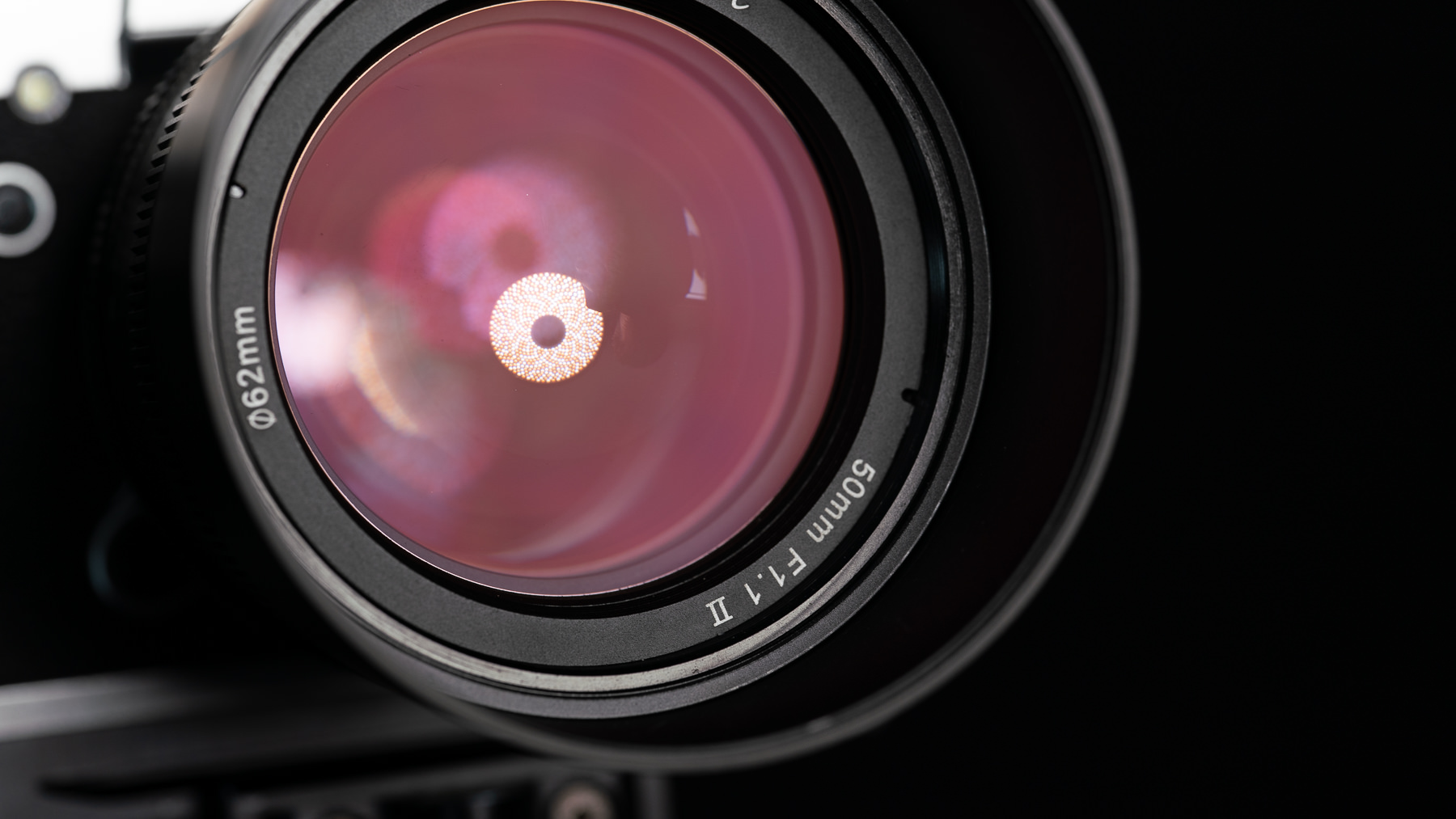

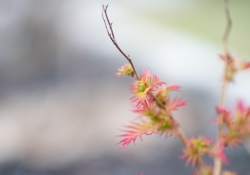

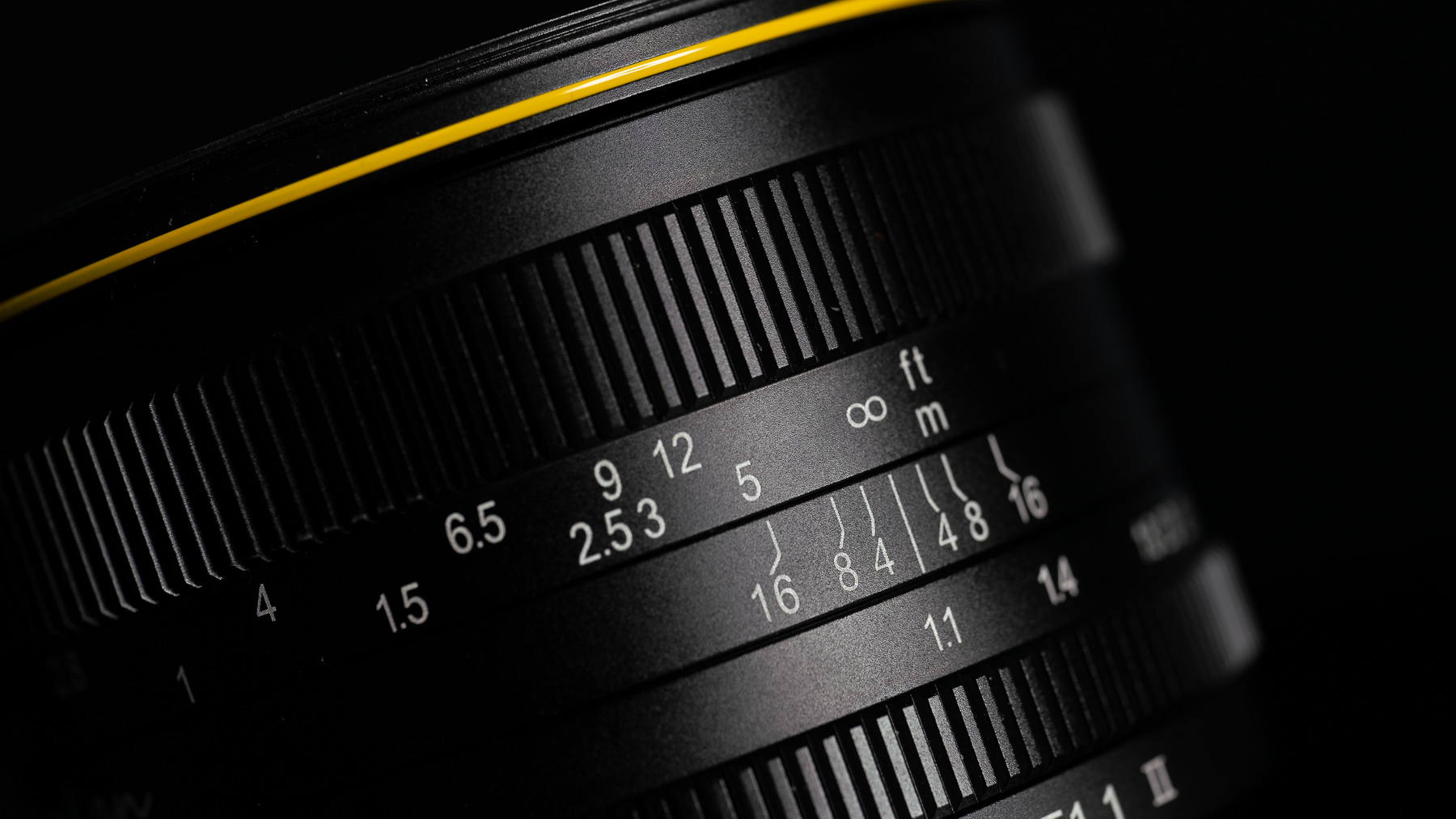
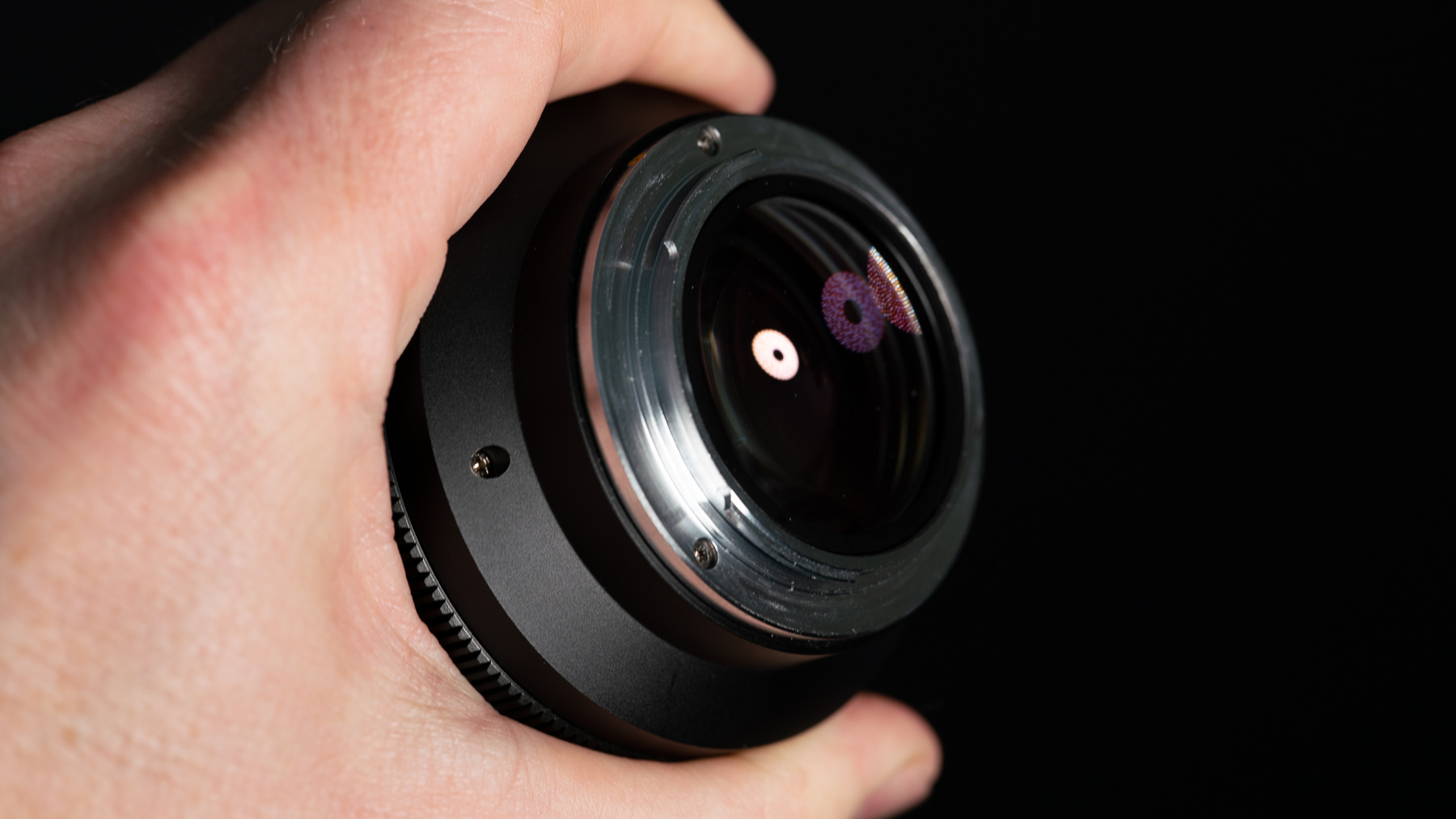
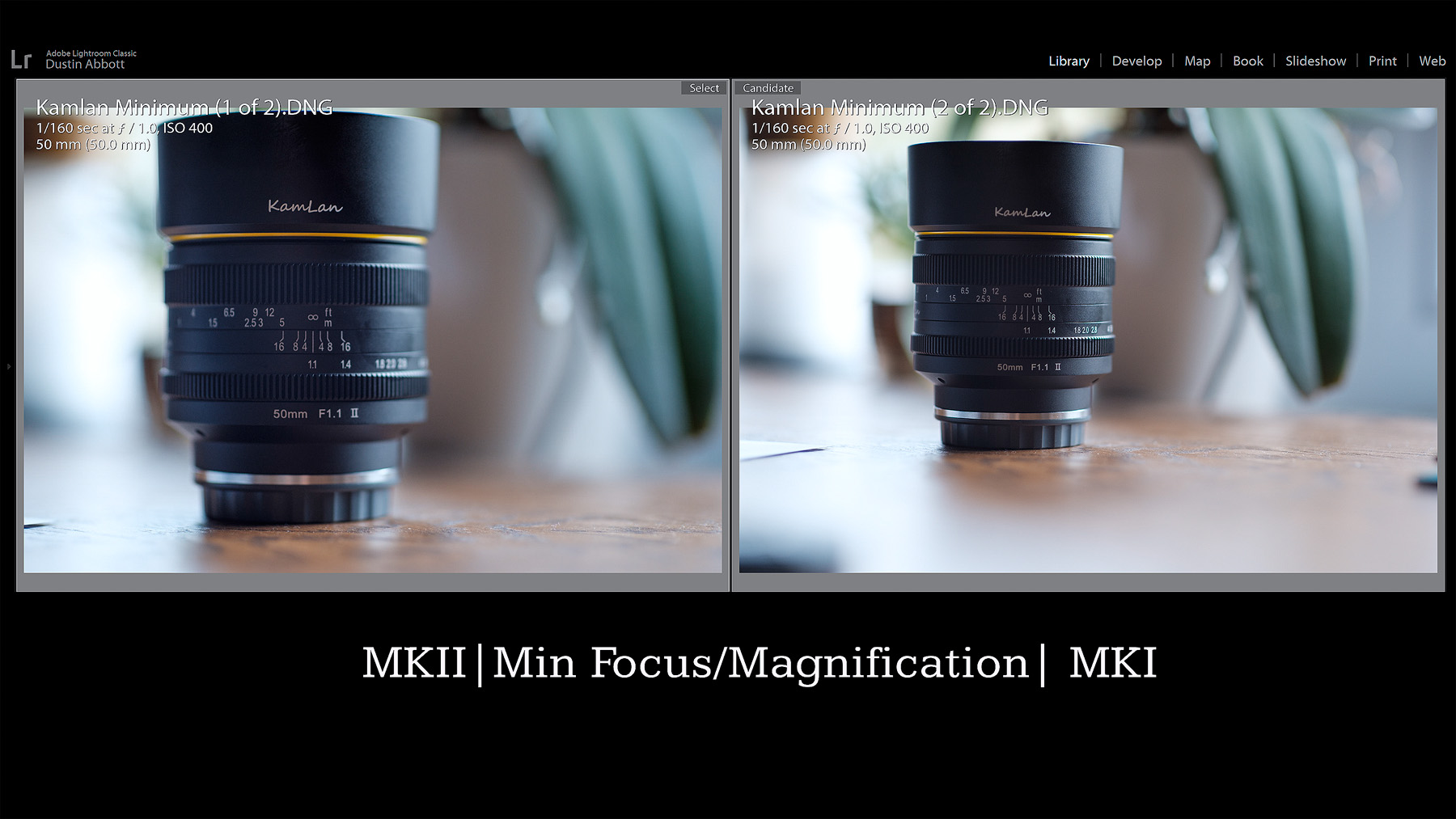
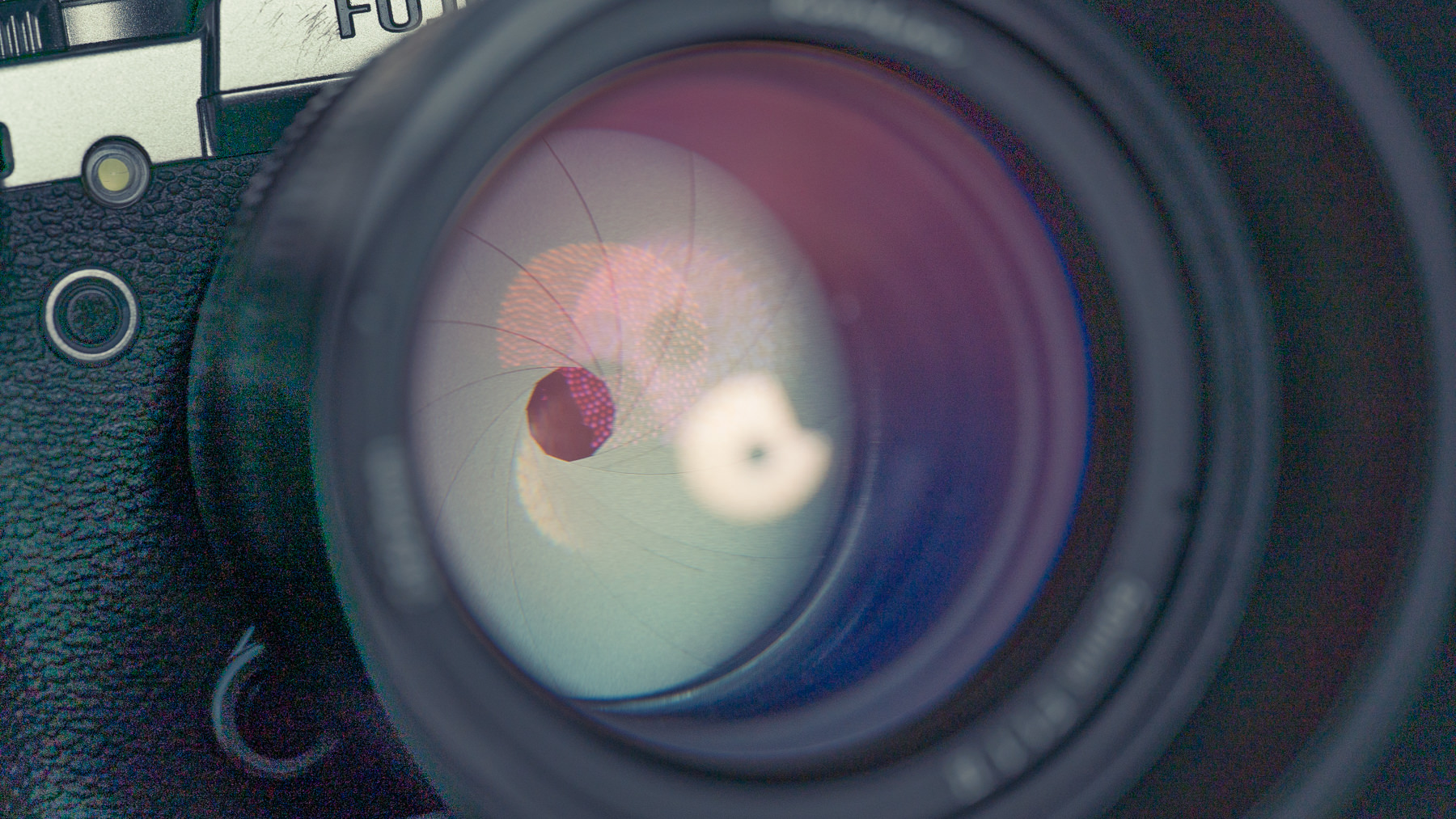
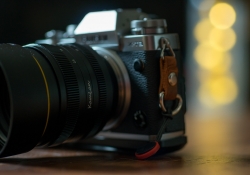
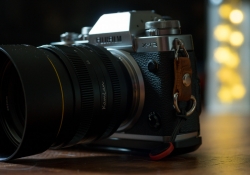

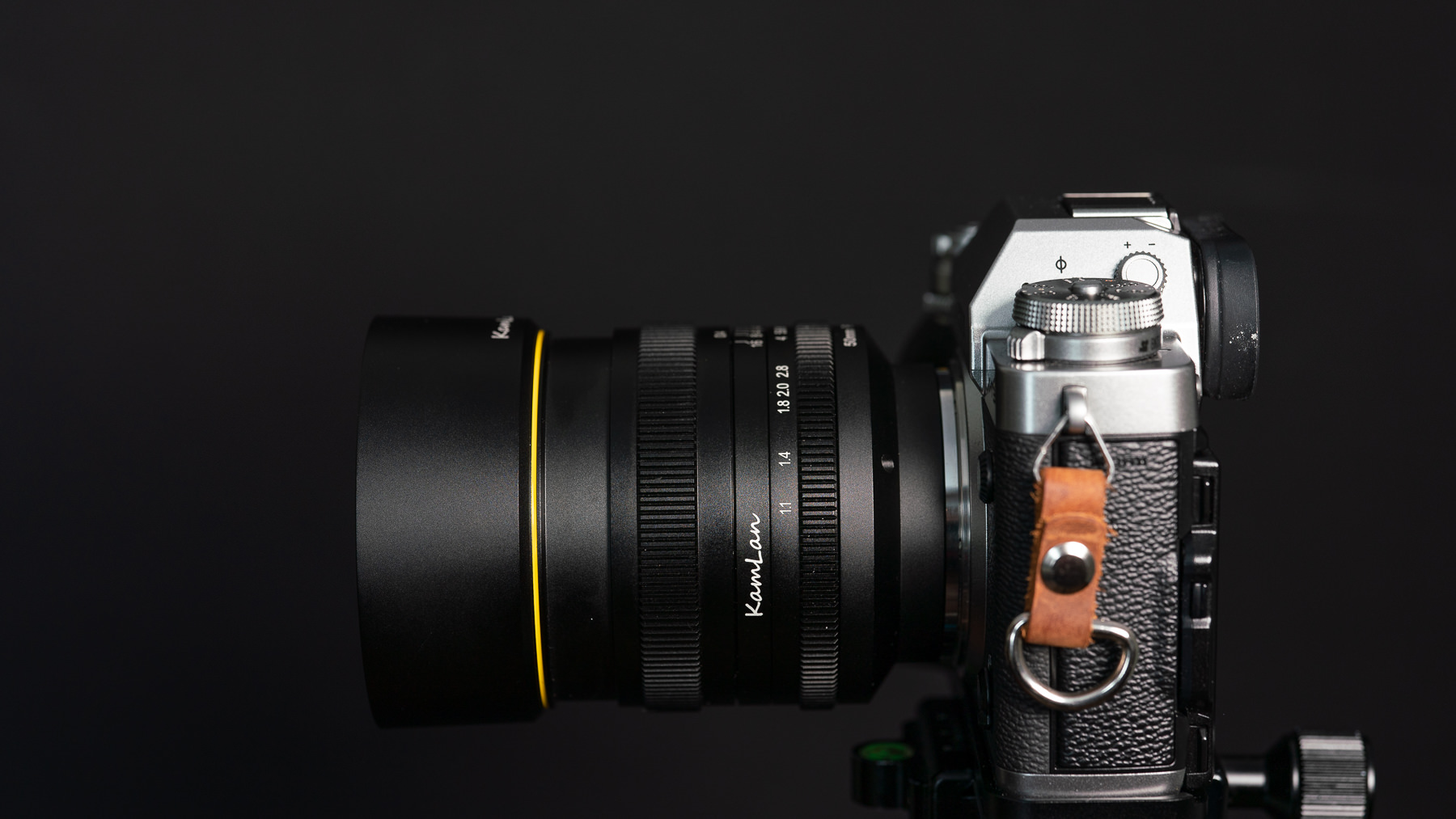

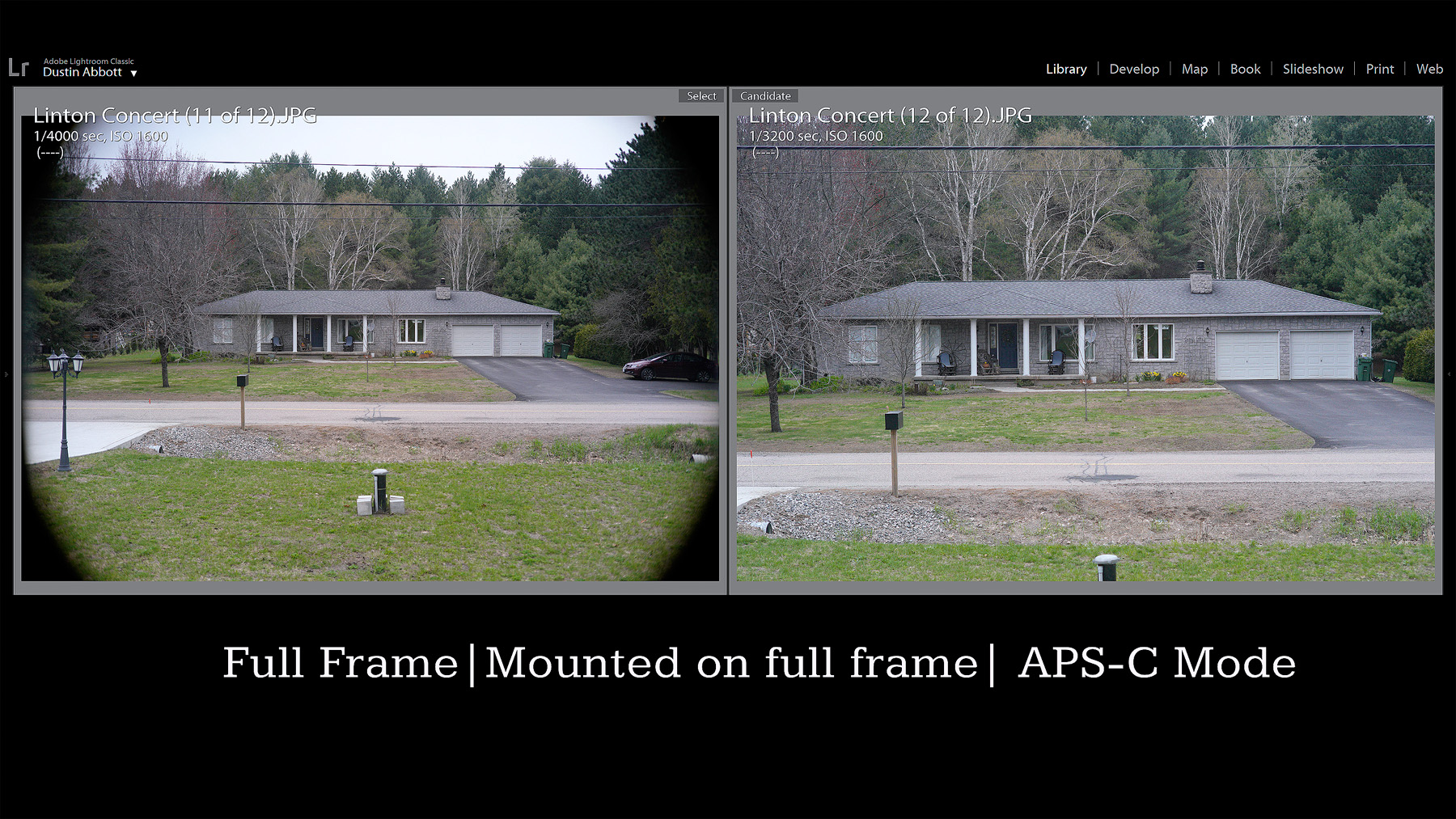
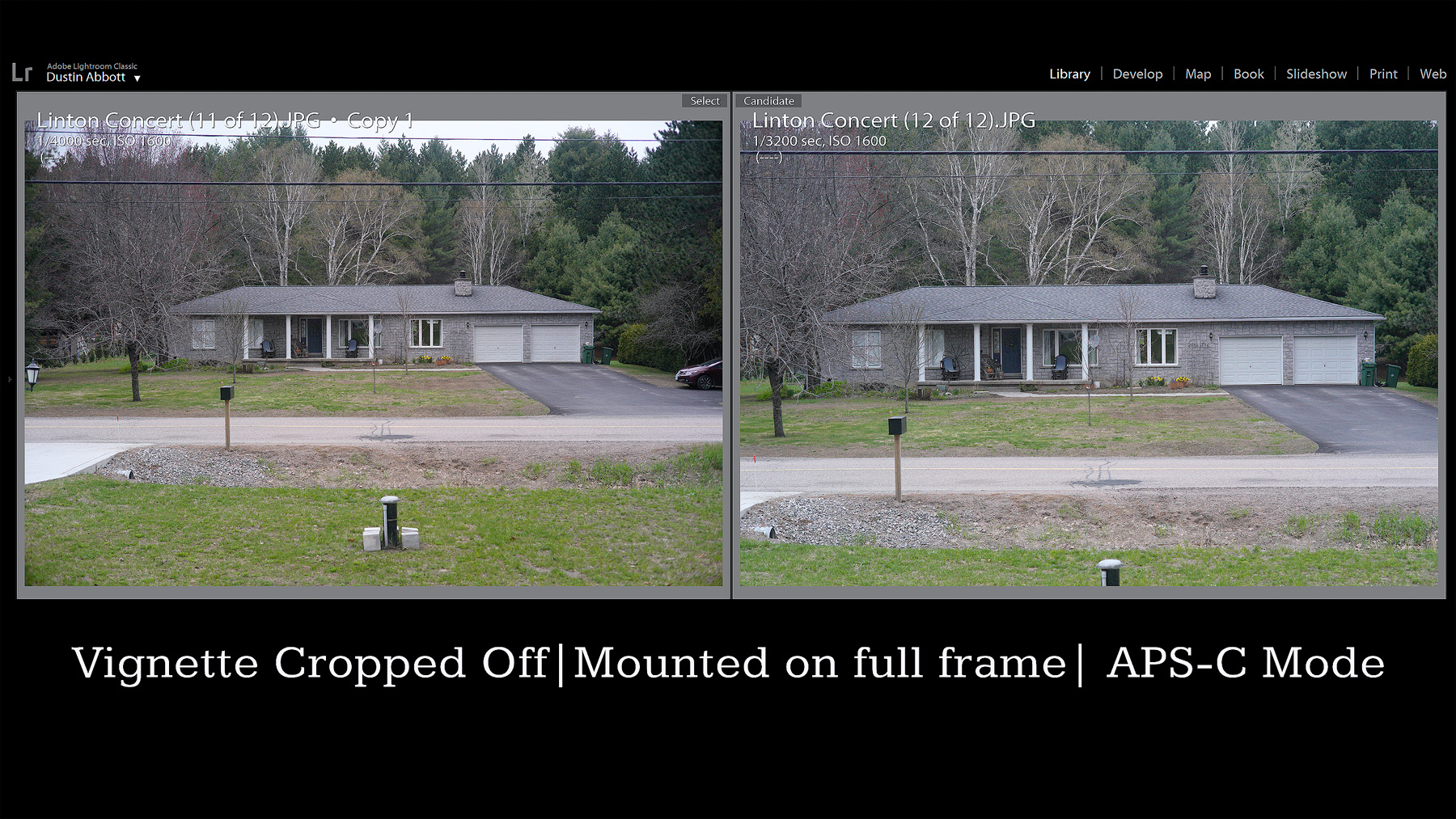

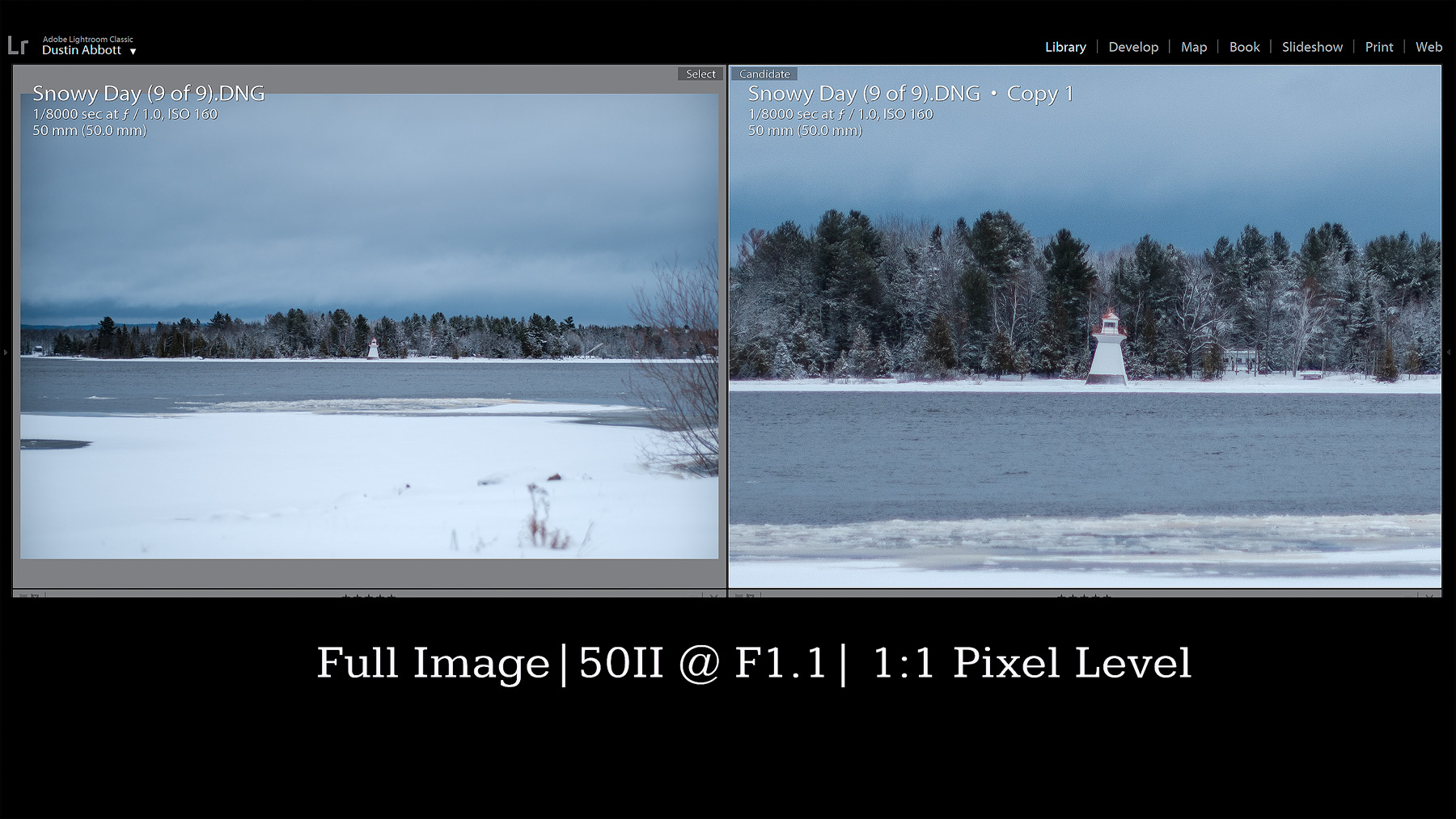
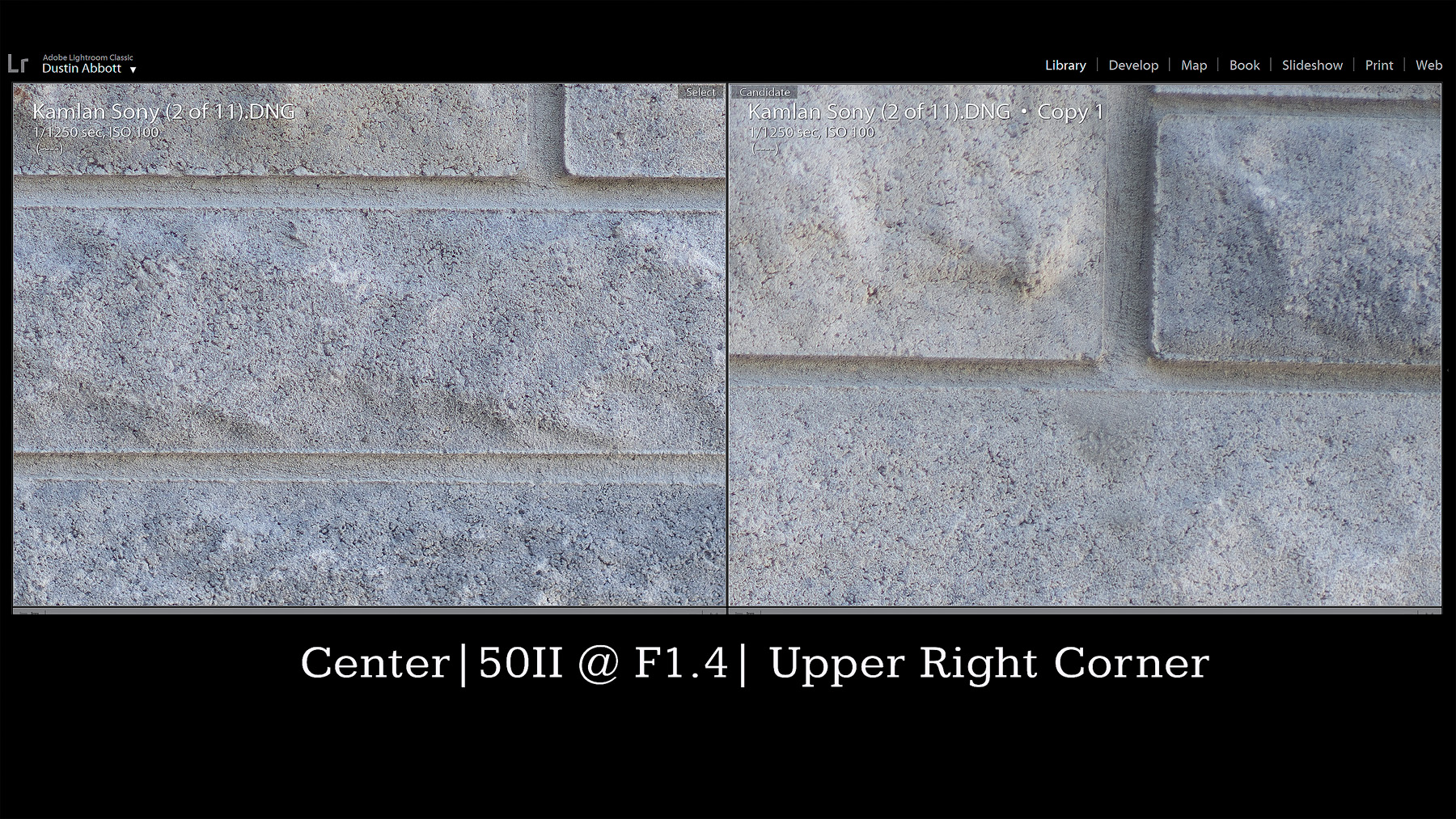






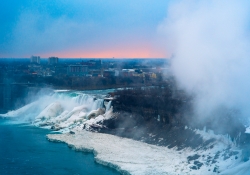
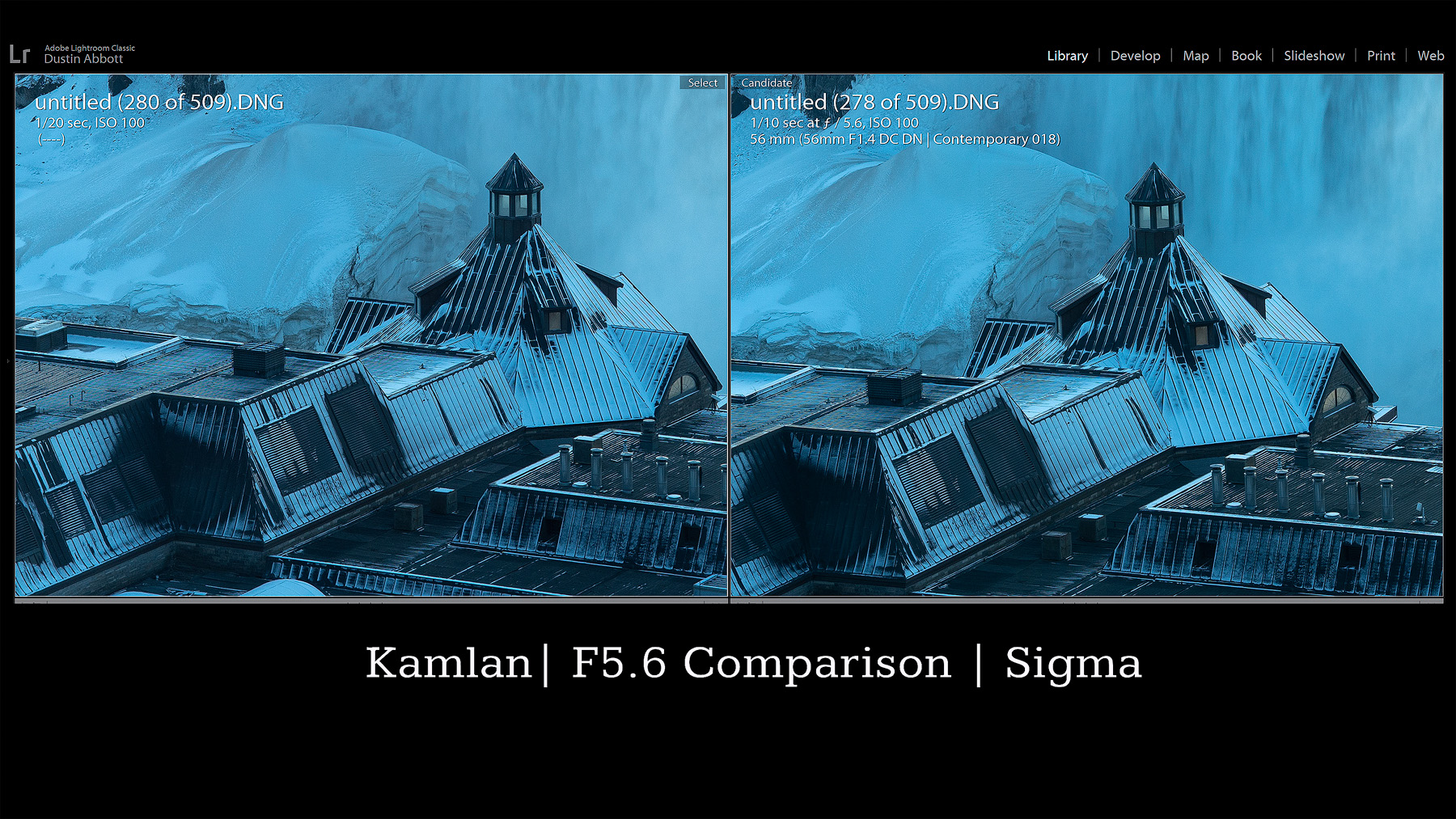
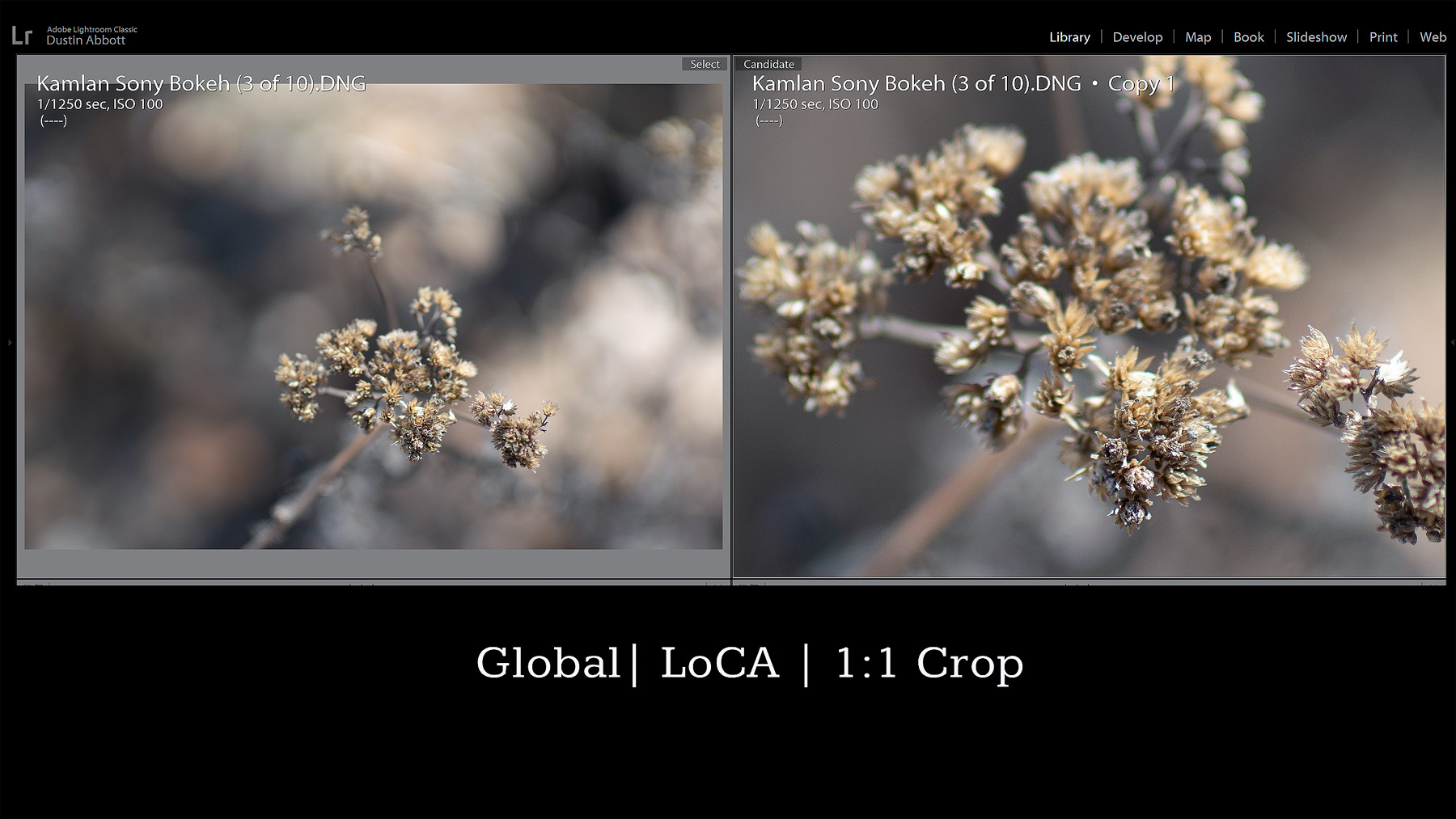

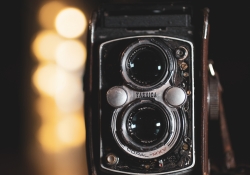







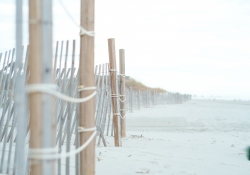


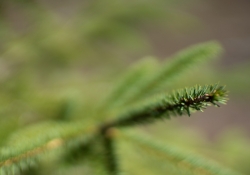
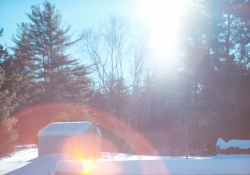






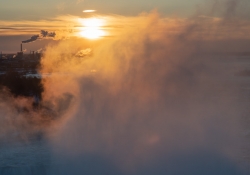






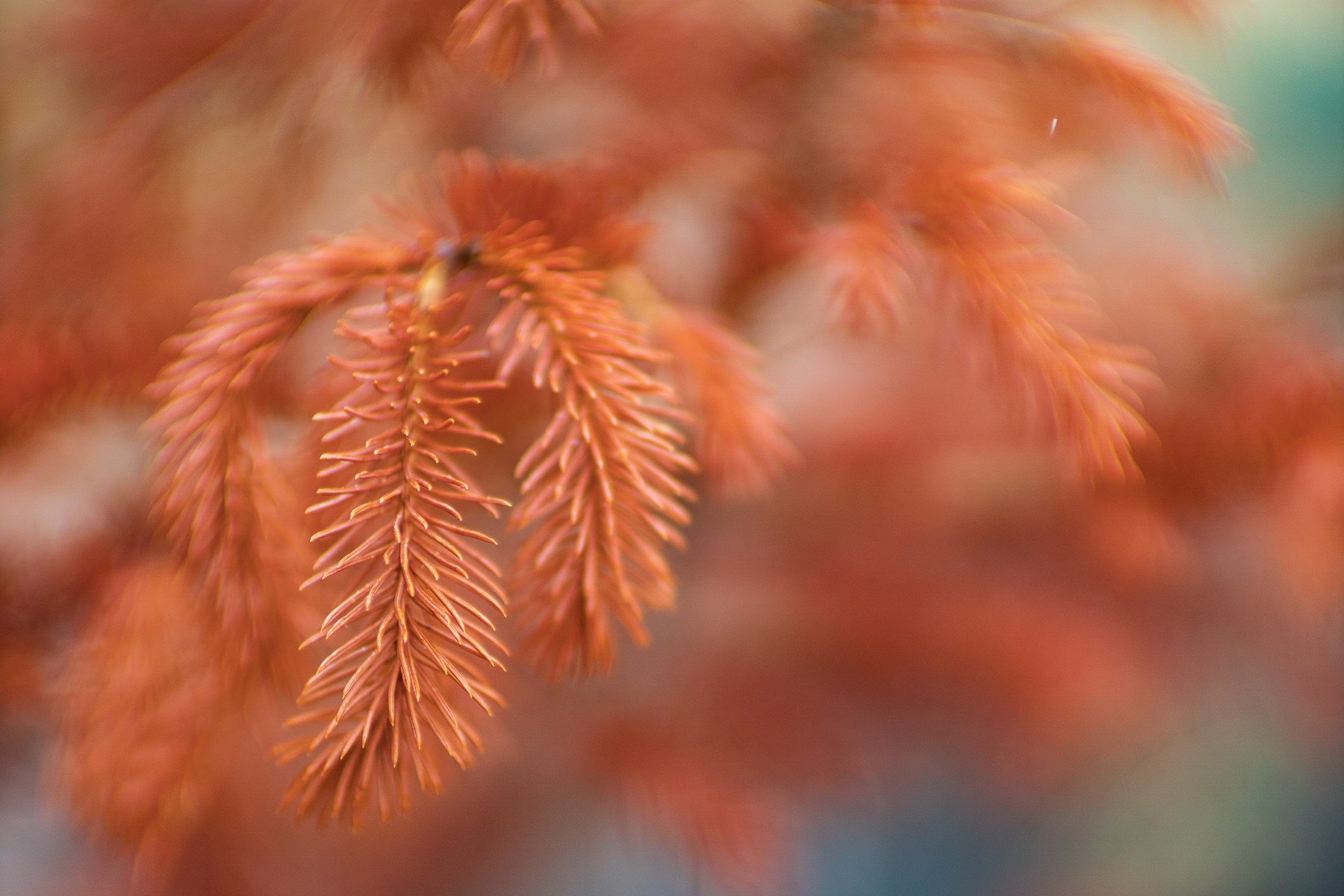
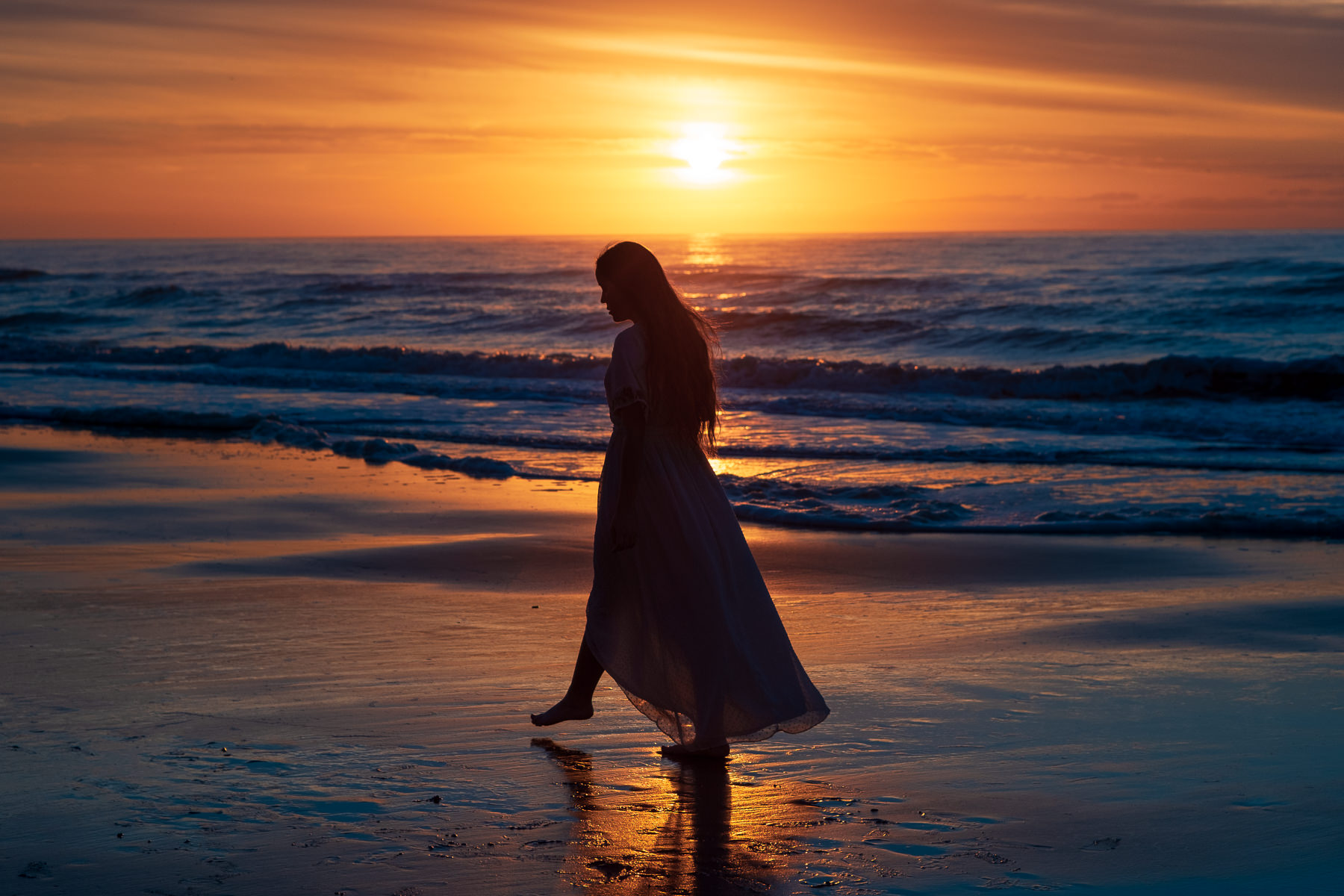




 Canon EOS R8 Review
Canon EOS R8 Review  Fujinon XF 18-55mm F2.8-4 LM OIS 40MP 2024 Review
Fujinon XF 18-55mm F2.8-4 LM OIS 40MP 2024 Review  Viltrox AF 56mm F1.7 X-Mount Review
Viltrox AF 56mm F1.7 X-Mount Review  Viltrox AF 56mm F1.7 X Mount Gallery
Viltrox AF 56mm F1.7 X Mount Gallery 




